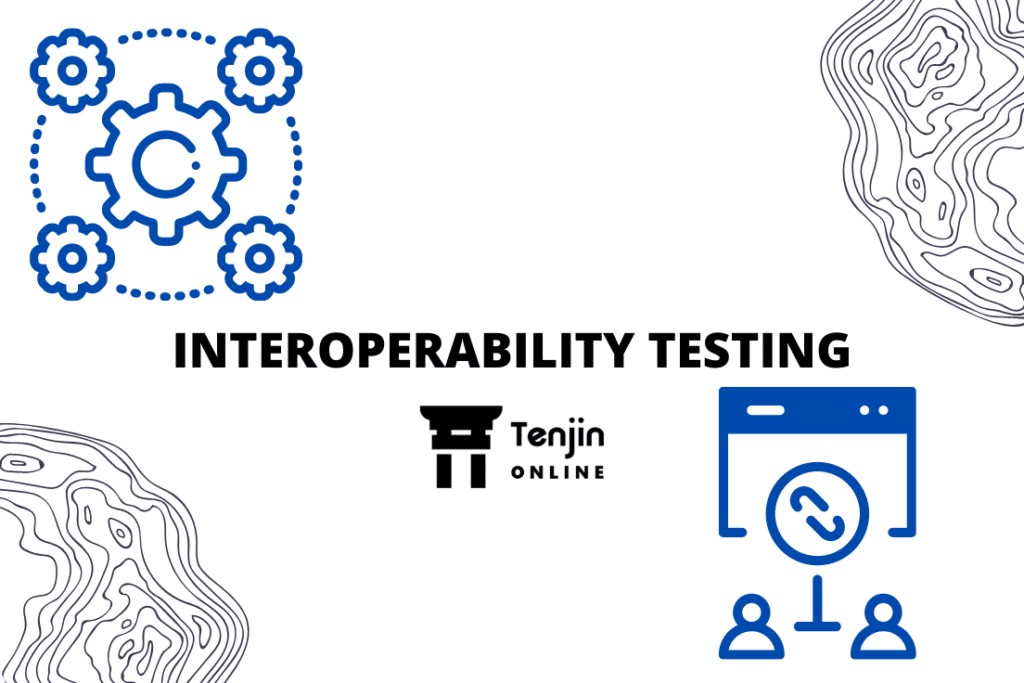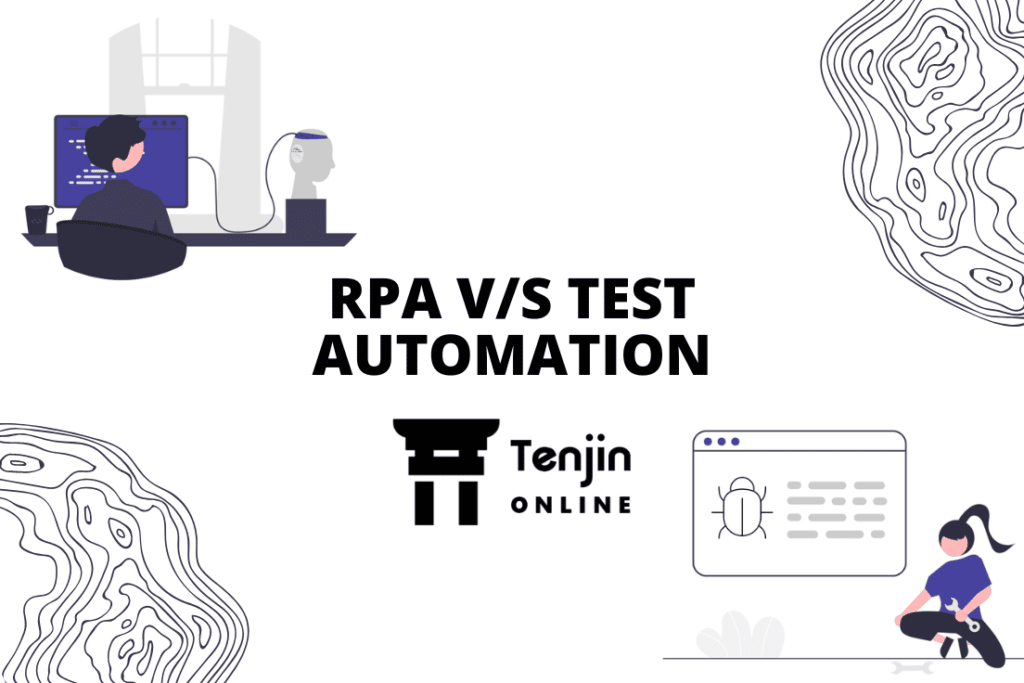
In the ever-evolving landscape of software development, the role of Quality Assurance (QA) professionals is more crucial than ever before. Ensuring that software applications meet the highest standards of functionality, performance, and security requires a deep understanding of testing methodologies, tools, and best practices. One powerful tool that can greatly enhance a QA professional’s effectiveness is a comprehensive knowledge repository in testing.
The need for a centralized and organized knowledge repository has become increasingly important as software systems become more complex and diverse. A well-structured knowledge repository for testing can serve as a valuable resource for testers, developers, and other stakeholders involved in the software development process. In this article, we will shed light into the importance of a knowledge repository and understand how to build and maintain it effectively.
The Importance of a Knowledge Repository
A knowledge repository for testing is a centralized hub that houses a wealth of information related to testing methodologies, best practices, tools, frameworks, and solutions. It serves as a single source of truth for all aspects of testing, enabling teams to access and contribute to a shared pool of knowledge. Here are some compelling reasons why creating a knowledge repository for testing is crucial.
Consistency and Standardization: A knowledge repository ensures that testing practices are standardized across the organization. It promotes consistency in test planning, execution, and reporting, leading to more reliable and reproducible results.
Informed Decision-Making: With a repository of historical data and past testing experiences, QA professionals can make informed decisions about testing strategies, priorities, and resource allocation.
Efficient Onboarding: New team members can quickly familiarize themselves with established testing processes and techniques by referring to the knowledge repository. This accelerates their onboarding and integration into the team.
Knowledge Preservation: As team members come and go, valuable testing insights and experiences can be retained within the repository. This prevents knowledge loss and maintains a continuous learning culture.
Collaboration: A centralized repository fosters collaboration among testers, developers, and other stakeholders. It provides a platform for sharing ideas, discussing challenges, and collectively finding solutions.
Learning and Development: A repository can serve as a valuable learning resource, especially for newcomers to the field. It can contain tutorials, guides, and training materials, accelerating the onboarding process, and nurturing professional growth.
Adaptation to Change: The software industry is dynamic, with new tools and techniques emerging regularly. A well-maintained knowledge repository can keep QA professionals updated on the latest trends and innovations in testing.
Continuous Improvement: By documenting lessons learned from testing efforts, teams can identify areas for improvement and iterate on their testing strategies over time.
Components of a Knowledge Repository for Testing
A comprehensive knowledge repository for testing should encompass a variety of components that cater to different aspects of testing. These components can include:
Testing Documentation: Detailed documentation on testing processes, strategies, and methodologies employed within the organization. This can include test plans, test cases, test scripts, and testing workflows.
Best Practices: Guidelines and recommendations for effective testing practices. This may cover topics such as test design, test data management, test automation, and performance testing.
Tool and Framework Documentation: Information about testing tools and frameworks used, including installation guides, configuration instructions, and examples of their application in testing scenarios.
Case Studies: Real-world case studies and examples of successful testing efforts. These can provide valuable insights into overcoming challenges and achieving testing goals.
Troubleshooting Guides: Solutions to common testing problems and challenges encountered during the testing process.
Community Contributions: A platform for team members to contribute their own insights, experiences, and solutions to the repository. This promotes a culture of knowledge sharing and collaboration.
Establishing and Maintaining the Repository
Creating a successful knowledge repository for testing requires careful planning and ongoing maintenance. Here’s a step-by-step guide to establishing and maintaining the repository:
Define Purpose and Scope: Clearly define the goals and objectives of the repository. Determine the scope of content it will encompass, such as testing methodologies, tools, frameworks, and best practices.
Select a Platform: Choose a suitable platform to host the repository, such as a version control system, or a dedicated documentation tool.
Create and Organize Content: Start populating the repository with relevant content. Organize information into categories for easy navigation and retrieval.
Encourage Contribution: Promote a culture of contribution by encouraging team members to share their knowledge and experiences. Establish guidelines for contributing content to maintain quality and consistency.
Regular Updates: Ensure that the repository is regularly updated with new information, insights, and solutions. Assign ownership of different sections to responsible individuals who will oversee updates and maintenance.
Search and Accessibility: Implement effective search functionalities to enable users to quickly find the information they need. Ensure the repository is easily accessible to all team members.
Training and Awareness: Conduct training sessions to familiarize team members with the repository’s structure and usage. Regularly communicate the repository’s existence and value to maintain engagement.
Feedback and Improvement: Gather feedback from users and continuously refine the repository based on their suggestions. Adapt to changing testing practices and technologies over time.
Conclusion
In the dynamic landscape of software testing, a knowledge repository serves as a valuable asset for fostering collaboration, preserving knowledge, and enhancing testing practices. By creating and maintaining a centralized repository of testing knowledge, organizations can ensure consistency, accelerate onboarding, and promote continuous improvement in their testing efforts. As technology continues to evolve, a well-structured knowledge repository for testing becomes an indispensable tool for achieving high-quality software products and applications.


